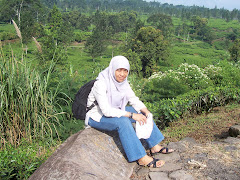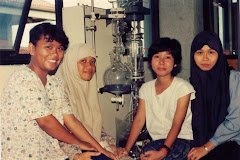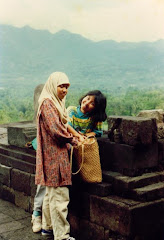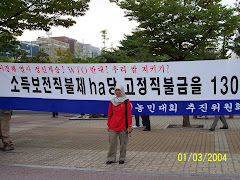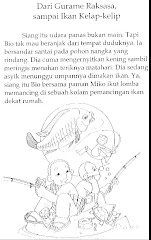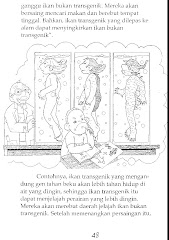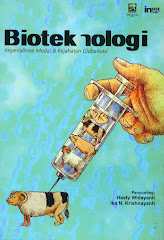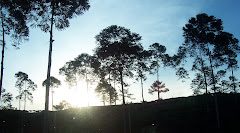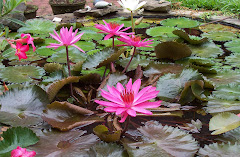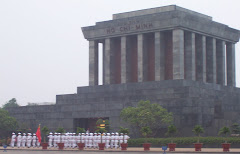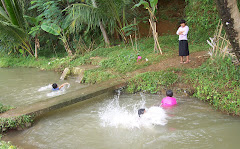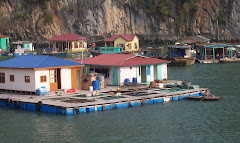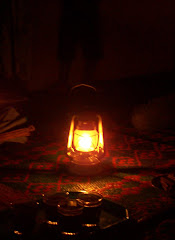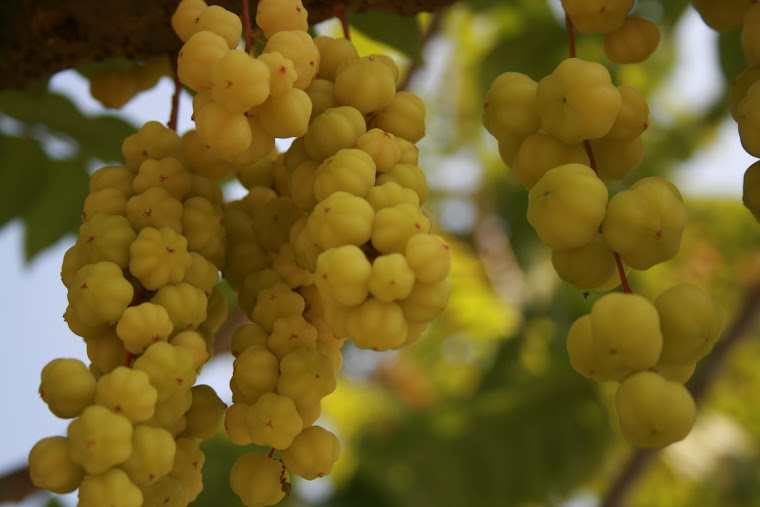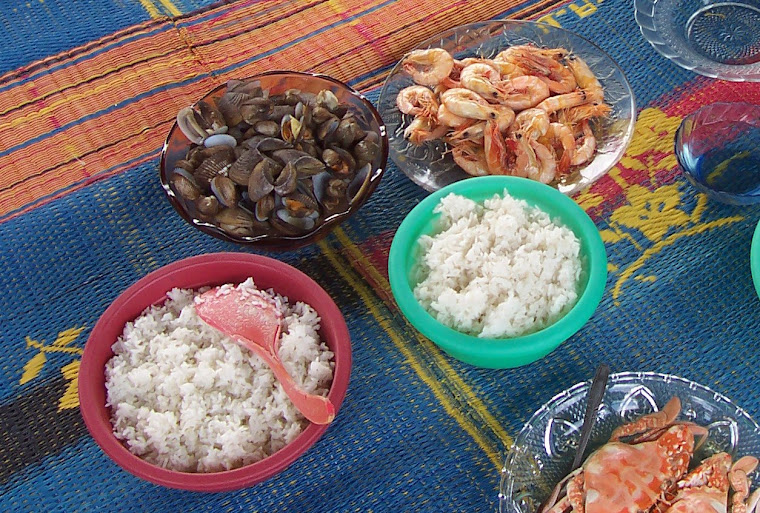Kamis, 26 Juni 2008
Observation
Will Affect the Children
When you drive along the toll road from the international airport of Soekarno-Hatta in Cengkareng, to the downtown let yourself have opportunity to take a glance look at the physical development of the city. Concrete flyovers bring you to several directions, apartments are being a new choice to Jakarta rich people, and some new buildings are under construction to fulfill the needs of offices spaces and hotels demands. But if you take a look around below the flyover, there is still untouched area to be paid a close attention. In some parts, you will find many clusters of huts made of used papers or woven bamboos lie under the shadow of the concrete flyover. Some of them are located right below the concrete trunk of the flyover, some are in the ex-paddy fields, and some are along the bank river. It has been a common picture of the capital city of Indonesia for decades.
Entering the downtown, not quite far from the Merdeka Palace, right behind the skyscrapers, there is another slum area. The area is called Tanah Abang. It was such an unpleasant picture when we visit the area at the first time. It harbors hundreds of small houses; their sizes are 4 x 5 meter on average, stand back-to-back, side-by-side without yard for children to play. A few houses have rooms up stairs; while the rests are only 2 x 2 meter in size. Some people who own bigger house divide it and rent the room to other people.
The clusters of houses are inter-connected with narrow and sometimes dark alleys, only one meter wide. The alley is long, winding, and has junctions and branches to many directions. It is not surprisingly that you need some days to adjust yourself to the surroundings unless you could get lost in the middle of nowhere. It is also a common view that you will find somebody’s kitchen is just across the alley, right in front of the other people living room or at the side of the alley. Since the houses are very close each other, the alley often has minimum light. When you walk in the alley it is like you pass through a cave. Therefore probably you need a flashlight when you walk through the alley.
There is also a river across the area with its black thick water full of domestic garbage. Plastic, rubbers, piece of wood, or broken chair are often floating on the river. There are also hanging toilets on some part of the bank river. But it is quite frequent that you will see floating human faeces in the river. Due to the overloading wasted thing in the river, the unpleasant smells are vapor in the air mixed with the humid atmosphere.
The clusters of houses are bordered with a long concrete wall. It separates the block of houses and railway area. This place is sometimes called “red district” since you can find prostitution practices in some huts in the area. But you often also find children take opportunity to play in the area for they have no playing ground in the neighborhood.
The households in the area have four or five members at the average. They eat, sleep, and do daily activity in the same room in the very small house. Consequently, there has been no privacy between children and their parents. In the other hand, children sometimes have to help the parents to get more income since the parents are mostly small entrepreneur or practicing in informal sectors such as motor taxi drivers, food vendors, laborers, employee at the grocery market of Tanah Abang, etc. Therefore it has been become common situation of the children to skip the school and help their parents. You can imagine what kind of life that would be for the children. Such condition would severely affect the future of the children living in the area and become a social problem. This could not be left behind or handled only by one party, but all stakeholders must take serious responsibility to overcome the problem (Ika N. Krishnayanti/June, 25, 2006).
Gardening with Your Own Formula
The magical formula is called “microbes” and “natural nutrition”. According to Mrs. Setyastuti, the woman who has been promoting and practicing a natural farming system in her home village in Banjarnegara Regency (Central Java Province) and works with Bina Desa as a Technical Assistant for Sustainable Agriculture Program, when you successfully develop the microbes and natural nutrition you can grow any plant you want in your garden. She learned and adopted the technique from Dr. Cho Han Kyu, a famous natural farming practitioner from South Korea.
There are four microbes and many kinds of natural nutrition that make a perfect combination to nurse your plant. These are the steps to make microbes and natural nutrition.
Here are steps to develop microbes:
Put a bowl or two of rice on a flat bamboo plate. Let the rice decayed. In seven days smooth and delicate grey fungus will grow on the top of the rice. The fungus you will have from this stage is named microbe 1.
Then pick the fungus up, mix with 1 kg of bran (by-product of milling rice, usually to feed animal) and put them in a shady place. Let the compound be fermented in seven days. The stage is called microbe 2.
After the fermentation successfully done, pour soil from where you are going to plant the crops/plant to the microbe 2, and mix them thoroughly. Keep the compound of soil and microbe 2 in shady place for seven days to be fermented and then you’ll get the microbe 3.
Finally, you have a ready formula to grow your plant (microbe 4). Then put the microbe 4 into your chamber pot or to your garden. Mix it with the soil where you’ll grow the plant. Don’t forget to give the plants extra food with natural fertilizers and easy-to-make natural nutrition.
Steps to provide natural nutrition:
* Chop any vegetable (such as spinach, carrot, etc.), fish or fish bones, eggshells, cow bones, etc.
* Put each raw material in different stopper glass jar. Add palm sugar into the stopper glass jar. * One part is for the raw material and one part is for the palm sugar (1:1).
* Sealed the glass jar securely. Let the mixture be fermented in seven days. After seven days, you will find the compound produces juicy substance.
* Use the juicy liquid substance to pour your soil around the plant.
If you have already known that each nutrition has its own function for the plant growth and development and to control the pests, then you can make the natural formula by yourself to feed your plants. Now, what are you waiting for? Grow your own plants with your own magical formula (Ika N. Krishnayanti/July 29, 2006).

